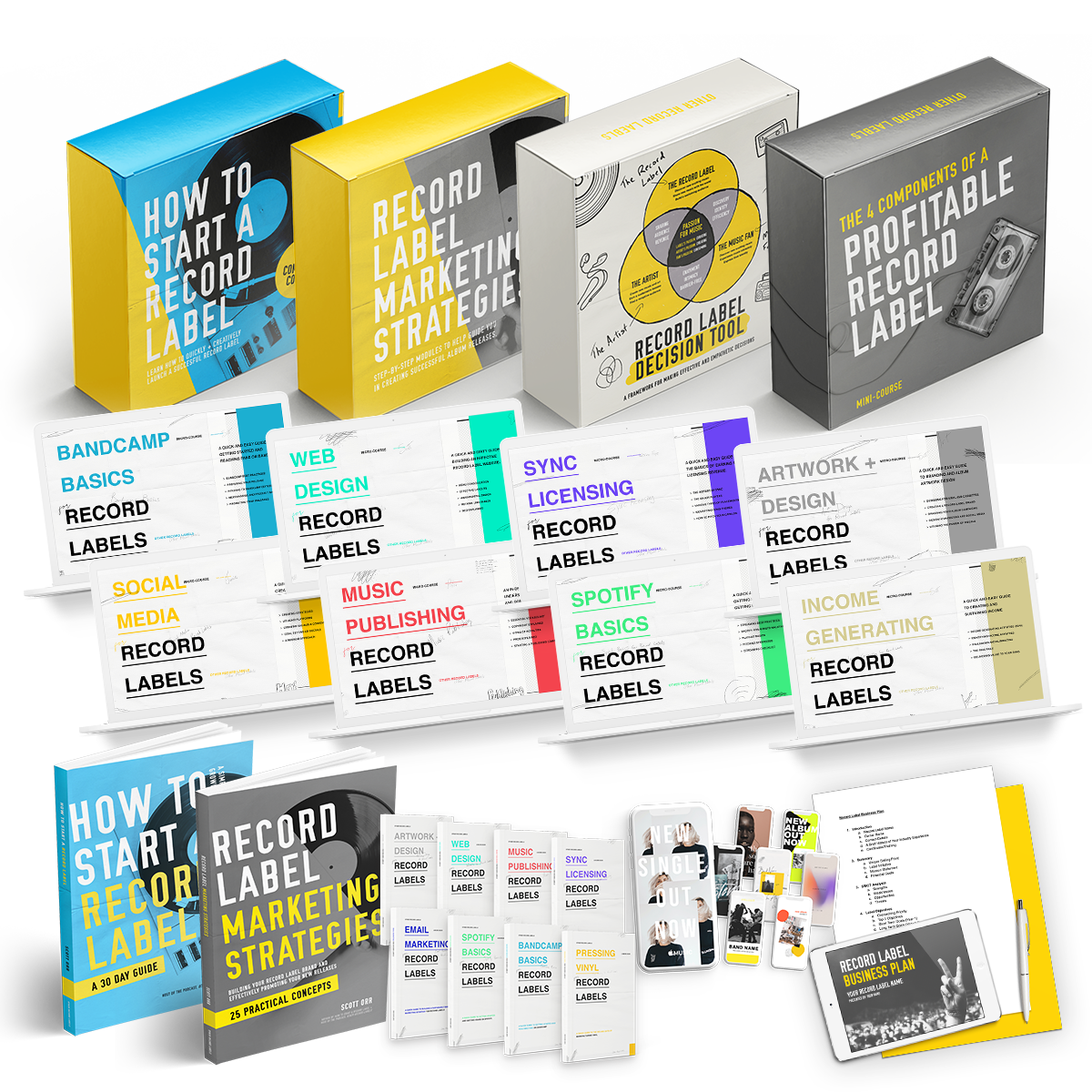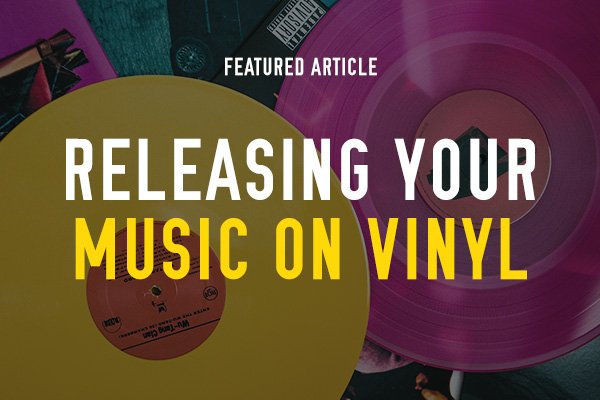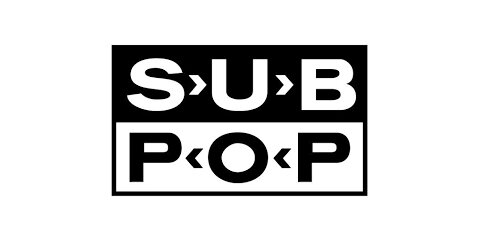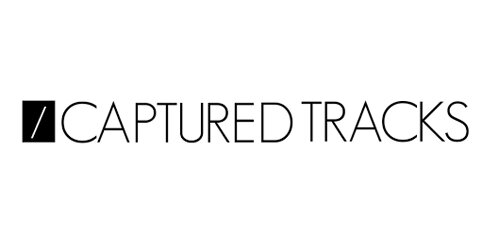
Physical Distribution
for Record Labels
A Practical Guide to Physical Music Distribution for Indie Record Labels
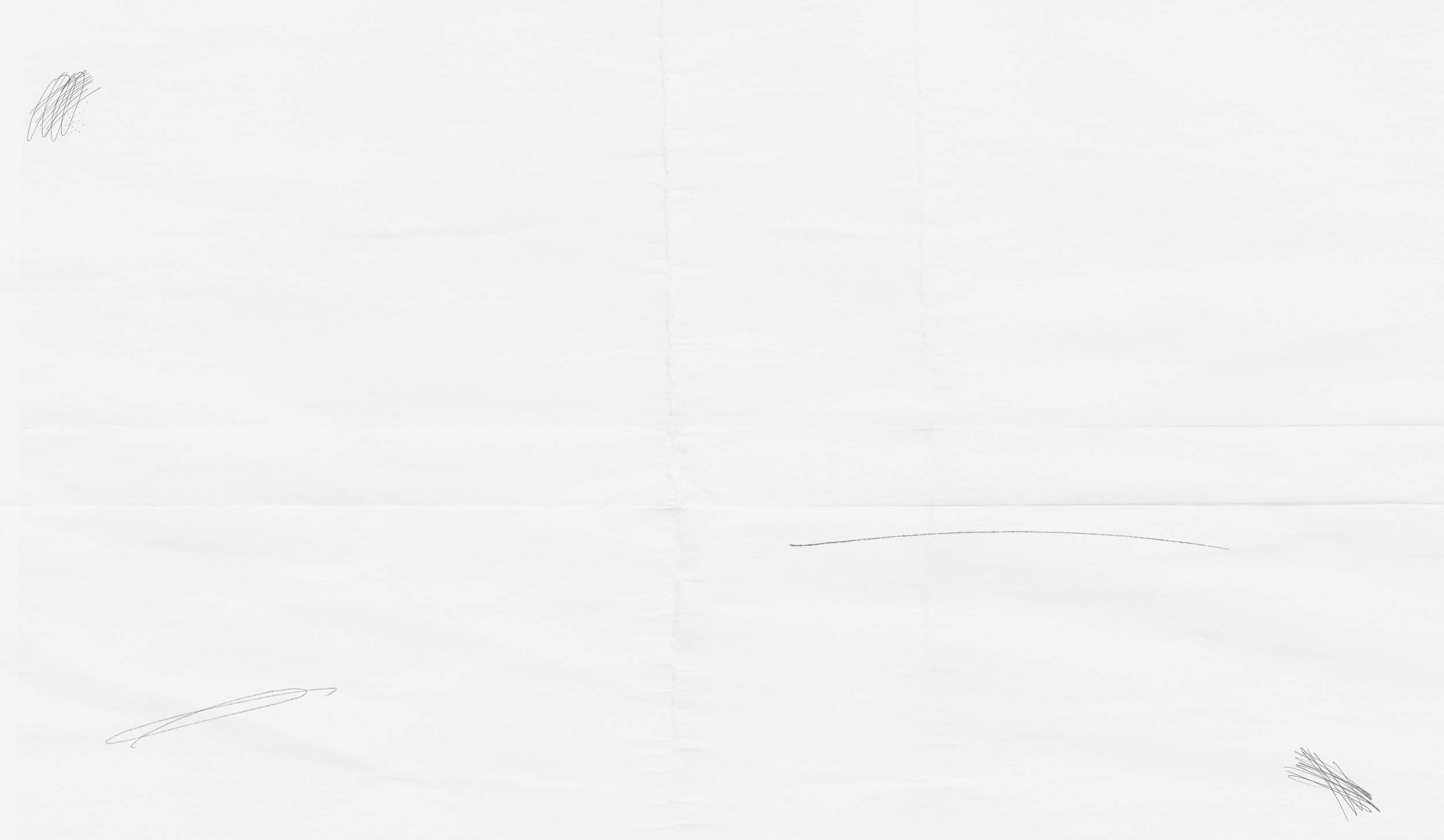
In the age of streaming, digital marketing, and on-demand content, physical music distribution might seem like an outdated concept.
But for many independent record labels, physical media—particularly vinyl—remains not only relevant but essential.
It brings legitimacy, drives revenue, and creates tangible experiences for fans.
In this article, we unpack the world of physical distribution for indie labels, drawing on industry insights and expert advice from Abby Goldsmith, Label Rep at Secretly Distribution.
Why Physical Still Matters
For indie labels, releasing music on physical formats such as vinyl, cassette, and CD isn’t just about nostalgia. It’s about identity, collectibility, and connection. As Abby Goldsmith explains, Secretly Distribution was founded with a focus on physical formats because their affiliated labels needed a reliable way to get their records into stores and paid for them. Despite the rise of digital, physical products have remained a foundational part of the independent music ecosystem.
Vinyl in particular has seen a massive resurgence over the past 15 years, and for indie music fans, owning a physical copy often signifies a deeper relationship with the music and the artist. It’s a statement. And for labels, it can be a profitable channel—if approached strategically.’
Understanding Physical Distribution
Physical distribution refers to the process of getting your records into retail stores, both online and brick-and-mortar. While digital distribution gets your music onto platforms like Spotify and Apple Music, physical distribution ensures that your fans can buy your records in places like Rough Trade, Amoeba, and local independent shops.
There are two major components:
Manufacturing: Pressing vinyl, printing CDs, creating packaging.
Distribution: Storing, shipping, and selling your inventory to retailers.
While Secretly Distribution offers both manufacturing and distribution services, most labels start by managing their own manufacturing before partnering with a distributor.
When Is a Label Ready for Physical Distribution?
This is one of the most common questions among emerging labels. The answer: it depends.
Abby Goldsmith emphasizes that physical distribution is something a label has to earn. Distributors are looking for signs of sustainability and potential. This might include:
A consistent release schedule
Strong direct-to-consumer sales
Active fan engagement
Local retail relationships
A growing catalog (more than one or two titles)
Many indie distributors offer different levels of service. For newer labels, starting with lighter-touch or digital-only distribution might be more accessible. The key is understanding your goals and finding the right fit.
Building Relationships with Retailers
Before you approach a distributor, you should get to know your local record stores. According to Abby, the first time you ask a shop to carry your album should not be the first time they’ve heard of you. Go to in-store events. Buy records. Follow them online. Understand their vibe and clientele.
Once you do start selling to them, whether directly or through consignment, make it easy. Provide marketing assets. Promote your in-store availability. The goal is to build trust so stores see your releases as a safe and exciting bet.
Pricing Physical Products
One of the trickiest aspects of physical distribution is pricing. Labels often think backward from manufacturing costs. But Abby cautions against undervaluing the product.
"Just because someone can stream it for free doesn’t mean the physical version isn’t worth a lot," she says. Your physical release is more than just audio—it’s packaging, artwork, and a collectible object. Your pricing needs to reflect that.
Expect retailers to look for a 30–40% margin. Establish an MSRP (Manufacturer Suggested Retail Price), but understand that stores in different regions will adjust based on their overhead and audience.
Product Strategy: Color Vinyl, Inserts, and Marketing Stickers
Color variants, inserts, and other packaging features can elevate your product—but they also raise costs. For newer or developing artists, keep it simple and affordable. For established artists with loyal fanbases, deluxe editions or limited variants can justify a higher price point.
One thing not to skimp on? Marketing stickers. A compelling sticker with a short album description, genre tags, or "RIYL" (Recommended If You Like) comparisons can go a long way in helping a casual browser make a purchase.
Download Codes and Changing Habits
Interestingly, download codes have become less common. Redemption rates are often under 5%, according to Abby, though some customers still expect them. If you skip the insert, be prepared to send files manually if someone requests it.
An alternative approach is placing a QR code on the packaging or shrinkwrap that links to streaming or Bandcamp. Just be cautious not to undermine retail sales.
The Timing Game: Lead Times and Planning
For physical distribution to work smoothly, you need to plan well in advance. According to Abby, major DSPs and retail partners want to know about big releases up to 9-12 months ahead of time. That means indie labels need to get organized.
Even if the album isn’t fully recorded yet, having a tentative timeline allows distributors to begin pitching for exclusive vinyl variants, preparing marketing, and planning retail activations.
Emerging Retail Channels
Today’s record stores come in many forms. Beyond traditional shops, Abby points to a rise in boutique retailers, coffee shops, bookstores, and bars carrying small curated vinyl selections. These can be great targets for self-distributed records or smaller labels.
The pandemic also accelerated e-commerce in record retail. Many shops now have webstores, which allow for expanded reach and creative merchandising.
Self-Distribution: Start Where You Are
Before partnering with a distributor, many indie labels go the self-distribution route. This involves:
Pressing your own records
Selling via Bandcamp and your website
Shipping directly to customers
Working with a handful of friendly local shops
This grassroots approach allows you to test the waters, gather sales data, and build a reputation—all things that can help attract a distributor down the road.
Signs You’re Ready to Approach a Distributor
You might be ready to level up if:
You’re consistently selling out of your pressings
You’ve got more titles than you can manage manually
You’re touring or have national/international demand
You’re spending more time packing boxes than building your label
Remember, different distributors offer different models. Some are digital-only. Others, like Secretly Distribution, offer global support, retail marketing, and campaign planning. Know what you’re looking for.


Physical Distribution FAQs
How Much Lead Time Do Physical Distributors Require?
Distributors and record labels work closely to ensure the upcoming release has the best chance to succeed. This means starting the planning process several months in advance. Distributors like to be looped in as early as 6-8 months in advance, and may require a copy of the digital album 3-4 months ahead of release day.
As I’ve mentioned in the past, there are tons of benefits to being ready for your release weeks and months before the release day!
How Do You Know When It’s Time for a Physical Distributor?
Generally a record label will already be generating sales and revenue that warrants needing a distribution partner. Meaning, do you have an established brand, track record of sales, and a solid slate of upcoming releases? These are all indicators that your label might be ready for a distribution partner.
Record labels can utilize their artists’ Spotify analytics to identify where their fans are geographically. Additionally, if an artist is embarking on a national (or international) tour, that may be an incentive for a distributor and record stores to carry their titles.
How to Get Started With Your Local Record Store?
Engaging with your local record store can be a great way to start your physical distribution journey. Additionally, you could also engage with your artists’ local record stores, if they are from a different part of the country than you.
Once you get your records in stores, the journey is not over. It is important that you encourage fans to buy your records in their local record store, tag stores on social media, and offer incentives like stickers, download codes, or even hometown-exclusive vinyl colors.
Abby from Secretly Distribution had a great quote, “The first time you pitch your music to your local record store, should not be the first time they hear from you.” Meaning, it is important that you introduce yourself to your local record store, support their events, buy a record – all before you ask them to carry your titles. Be a partner, not just a supplier.

WATCH THE INTERVIEW
With Abby Goldsmith of Secretly Distribution

RECORD LABEL
ACADEMY
Simple strategies that will help you
earn a living telling people about great music!
Physical Distribution
Glossary
Physical Distribution:
The process of manufacturing, packaging, and delivering physical copies of music products, such as CDs, vinyl records, and cassette tapes, to retail stores or directly to consumers.
Retail Distribution:
The distribution of physical music products to various retail outlets, such as record stores, department stores, and online retailers, for sale to the general public.
Wholesale:
The selling of products in large quantities to retailers or distributors at a lower price, allowing them to mark up the products and sell them to consumers.
Distribution Deal:
An agreement between a record label and a distributor outlining the terms and conditions of how the label's music will be distributed to retail outlets.
Distributor:
A company or organization that specializes in the logistics of physical distribution, handling the manufacturing, warehousing, and delivery of music products to retail locations.
Supply Chain:
The sequence of processes involved in the production, distribution, and delivery of physical music products, including sourcing raw materials, manufacturing, packaging, shipping, and inventory management.
Point of Sale (POS):
The location or device where a transaction takes place, typically a cash register or an online store, where customers purchase physical music products.
Stock Keeping Unit (SKU):
A unique identifier assigned to a specific product variant or item, enabling efficient tracking and management of inventory.
Inventory Management:
The process of overseeing and controlling the quantity, location, and availability of physical music products within the supply chain and retail outlets.
Return Policy:
The guidelines and procedures established by record labels and retailers regarding the return of unsold or defective music products for credit or refund.
Consignment:
A business arrangement in which the record label supplies physical music products to a retailer, and the retailer only pays for the products once they are sold to customers. Unsold items are returned to the label.
Digital Distribution:
The process of distributing music digitally through online platforms, such as streaming services, digital music stores, and download platforms, allowing for the sale or streaming of music without the need for physical products.
Barcode:
A unique numerical code represented by a pattern of parallel lines, printed on the packaging of physical music products. Barcodes serve as a product identifier and are used for tracking sales, inventory management, and checkout processes.
MSRP (Manufacturer's Suggested Retail Price):
The recommended price set by the record label for a physical music product, which serves as a guide for retailers in determining the selling price to consumers. Retailers may choose to sell the product at the MSRP or set a different price.

Physical music distribution might seem intimidating, but it’s still a vibrant and viable part of the indie music industry.
With careful planning, relationship-building, and an understanding of what makes your product special, you can build a physical presence that enhances your label’s identity and deepens your connection with fans.
It’s about more than just logistics. It’s about community, curation, and storytelling.
And for indie labels who are in it for the long haul, physical distribution can be a powerful way to bring music to life.
Helpful Articles for Record Labels
Other Record Labels Podcast
Featuring interviews with…







